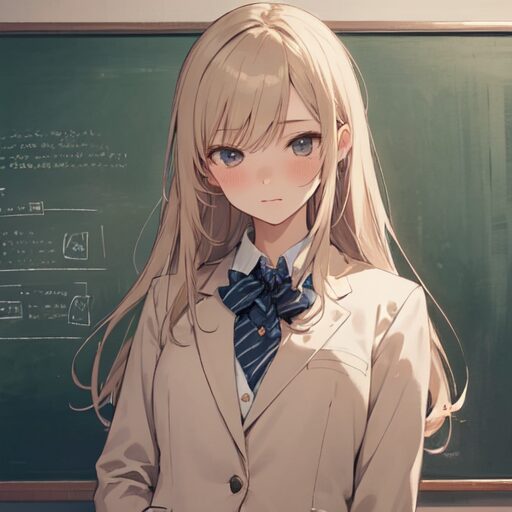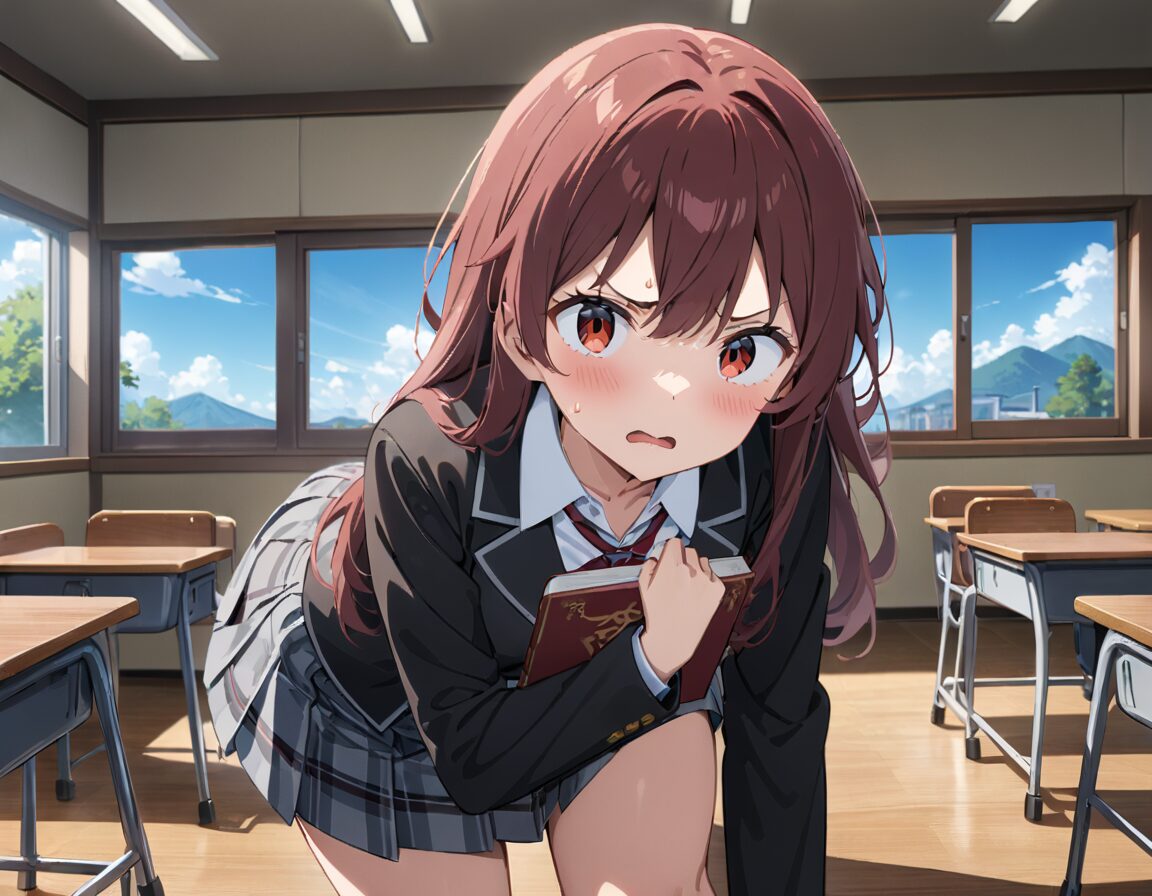Last time, we talked about “1 A tsundere childhood friend AI reluctantly teaches you about Ryunosuke Akutagawa’s ‘Rashomon’.
This time, it’s “2 Tsundere Childhood Friend Explains! The Secrets of Akira Kurosawa’s Masterpiece ‘Rashomon’”.
It’s not like I want to explain it to you or anything, but you probably don’t understand, right? So, I’ll explain it to you in a bit more detail.
About Akira Kurosawa’s movie ‘Rashomon’.

Background of the Movie ‘Rashomon’
This movie was released in 1950 and is based on Ryunosuke Akutagawa’s short stories ‘Rashomon’ and ‘In a Grove’.
And it’s not just any Japanese movie; it was highly acclaimed worldwide and made Japanese cinema internationally famous, so you should be grateful.

Synopsis
The story begins under the dilapidated Rashomon gate, where a woodcutter, a traveling monk, and a servant gather to discuss the murder of a samurai.
The problem is that all four people involved in the incident give different testimonies!
Who is telling the truth? It’s impossible to tell. The testimonies are as follows:
1 The Bandit, Tajomaru:
This guy boasts, “I killed the samurai,” and says he fell in love with the samurai’s wife and tried to take her away.
Moreover, he proudly claims that he fought the samurai fair and square and won.
2 The Samurai’s Wife:
She seems to regret shaming her husband and weakly confesses that she might have stabbed him.
What’s with that ambiguity…?

3 The Dead Samurai’s Spirit (through a medium):
According to his spirit, he was betrayed by his wife and committed suicide in despair.
It’s a bit sad, but who knows how true it is.
4 The Woodcutter:
The woodcutter says, “I saw it,” but his testimony is also different from the other three.
He claims the fight was nothing special and that the samurai was killed in a cowardly manner.
With everyone saying what suits them best, it’s impossible to know which story is true.
That’s the essence of this movie.

Themes of the Movie
The theme of this movie is that “there might not be just one truth.”
Events look completely different depending on who sees them, and they change based on each person’s perspective and emotions.
All four testimonies are different, but each person is telling their own “truth.”
This relativity is the theme.
Also, humans have strong egos and always try to justify themselves, right?
This movie emphasizes that a lot.
Everyone insists, “I’m right!” but it’s ultimately to protect themselves, depicting the true nature of humans.

Cinematography and Visual Beauty
Kurosawa’s cinematography is truly amazing.
Especially the use of natural light!
In the forest scenes, the sunlight filtering through the trees illuminates the characters, reflecting the ambiguity of truth and the confusion of the heart.
The camera movements also follow the characters closely, making it feel like you’re experiencing their emotions with them.

Reception and Influence of the Movie
‘Rashomon’ won the Golden Lion at the Venice International Film Festival in 1951 and received an Honorary Academy Award in 1952.
This is how Japanese cinema spread worldwide.
Moreover, the technique of telling a story from multiple perspectives is still used in various movies and dramas today.
This is called the “Rashomon effect,” isn’t that amazing?

Conclusion
In other words, what this movie asks us is, “What is the truth?”
The story progresses without knowing whose testimony is true, making the audience think, “Maybe the truth is different for each person.”
See, you understand a bit now, right?
(Note) This text was generated by asking an AI. The AI’s answers are not always correct. Please verify important information. Support and membership are available.
Next time, we will post “3 Tsundere Childhood Friend AI Explains ‘Rashomon’s’ 5 Lessons”. Thank you.
#AI #Asked_AI #AI_Illustration #AIart



